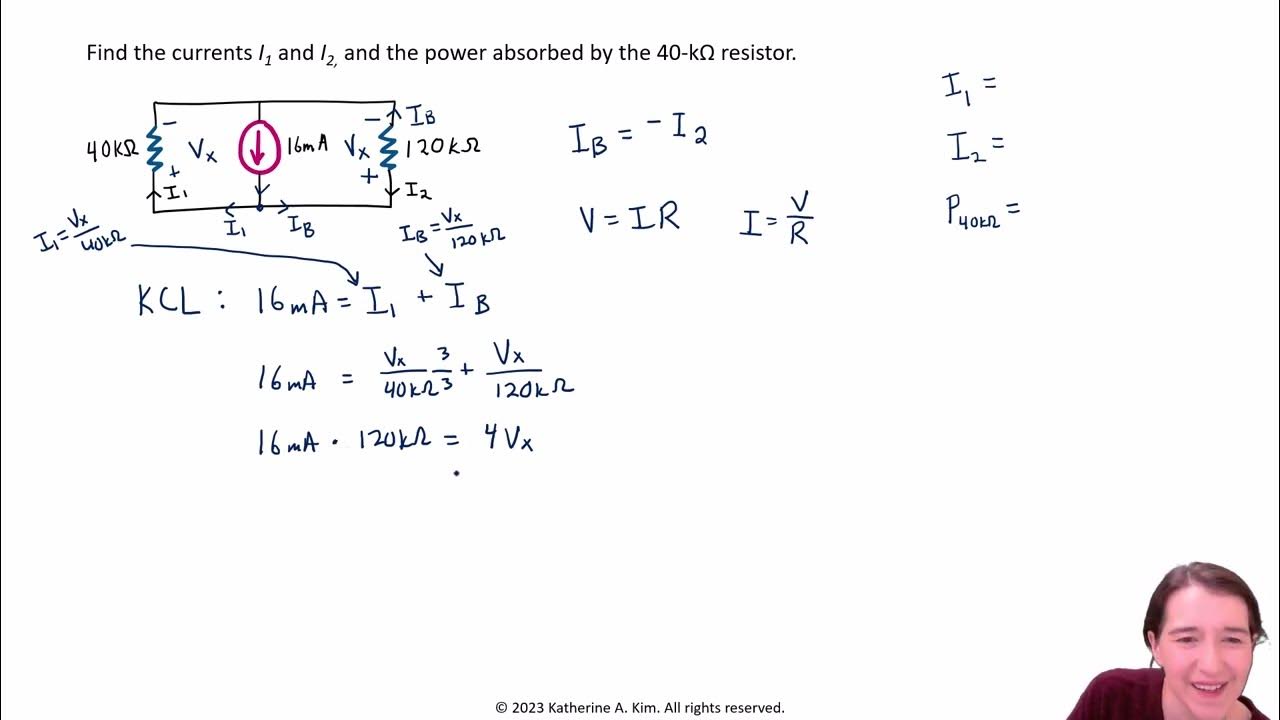Priority Encoder
Summary
TLDRIn this presentation, we delve into the workings of a priority encoder, explaining the four input types (I0, I1, I2, I3) and their associated outputs (Y1, Y0). The process involves creating a truth table, setting input priorities, and using Karnaugh maps (K-map) to derive the logical functions for the outputs. With clear, step-by-step guidance, we simplify the logic expressions for Y1 and Y0, demonstrating how the encoder works by reflecting the highest-priority active input. This topic is crucial for digital electronics and is essential for exam preparation, offering a solid foundation in understanding encoders.
Takeaways
- 😀 The priority encoder has four inputs (I0, I1, I2, I3) and two outputs (Y1, Y0).
- 😀 In a priority encoder, the priority of inputs increases from I0 to I3, with I3 having the highest priority.
- 😀 The purpose of the priority encoder is to encode the highest priority active input into a binary output.
- 😀 When a higher-priority input is set to 1, lower-priority inputs are ignored.
- 😀 A truth table is created to define the outputs based on the priority of inputs.
- 😀 Don't care conditions occur when a lower-priority input is ignored because a higher-priority input is active.
- 😀 The simplified expressions for the outputs Y1 and Y0 are derived using Karnaugh maps (K-maps).
- 😀 The minimized Boolean expression for Y1 is: Y1 = I2 + I3.
- 😀 The minimized Boolean expression for Y0 is: Y0 = I1 * (NOT I2) + I3.
- 😀 K-maps help in grouping ones to simplify the logic and derive minimal Boolean expressions for the outputs.
- 😀 The final implementation of the priority encoder involves using AND, OR, and NOT gates to implement the simplified Boolean expressions.
Q & A
What is the main topic of this presentation?
-The main topic of the presentation is the Priority Encoder, a digital circuit used to assign priority to multiple inputs and encode the highest-priority active input.
How many inputs and outputs does a 4-input priority encoder have?
-A 4-input priority encoder has 4 inputs (i0, i1, i2, i3) and 2 outputs (y1, y0).
How do you calculate the number of outputs for a priority encoder?
-The number of outputs is calculated as 2 raised to the power of M, where M is the number of inputs. For 4 inputs (n = 4), the number of outputs is 2 raised to the power of 2, which equals 2.
What is the priority order of the inputs in this encoder?
-In this encoder, the inputs are ordered with i0 having the lowest priority and i3 having the highest priority. This means that if i3 is high, the encoder will prioritize i3, ignoring lower-priority inputs.
What happens if i3 is high in the priority encoder?
-If i3 is high, the outputs y1 and y0 will both reflect the state of i3 (1, 1), and the values of i0, i1, and i2 do not matter.
What is the significance of the don't care condition in the truth table?
-The don't care condition indicates that the state of certain inputs does not affect the output. For example, when i3 is high, the states of i0, i1, and i2 do not need to be checked, and their values are considered irrelevant.
What is the first step in deriving the logical expressions for y1 and y0 in the priority encoder?
-The first step is to create the truth table for the priority encoder, which outlines the output values for all possible input combinations. Once the truth table is established, the K-map is used to simplify the expressions.
How many K-maps are used to simplify the logical expressions for y1 and y0?
-Two K-maps are used—one for each output function, y1 and y0. Each K-map has 16 cells, as there are 16 possible input combinations for a 4-input system.
What is the simplified Boolean expression for y1 after applying the K-map?
-The simplified Boolean expression for y1 is: y1 = I2 + I3.
What is the simplified Boolean expression for y0 after applying the K-map?
-The simplified Boolean expression for y0 is: y0 = I3 + I1 I2'.
What is the next step after simplifying the Boolean expressions for the priority encoder?
-The next step is to implement the simplified Boolean expressions using logic gates such as AND and OR gates to construct the priority encoder circuit.
Why is the priority encoder an important topic in digital electronics?
-The priority encoder is an essential digital circuit because it is used in a wide range of applications, including data encoding, priority management in microcontrollers, and simplifying complex digital systems. It is also frequently asked in exams.
Outlines

Dieser Bereich ist nur für Premium-Benutzer verfügbar. Bitte führen Sie ein Upgrade durch, um auf diesen Abschnitt zuzugreifen.
Upgrade durchführenMindmap

Dieser Bereich ist nur für Premium-Benutzer verfügbar. Bitte führen Sie ein Upgrade durch, um auf diesen Abschnitt zuzugreifen.
Upgrade durchführenKeywords

Dieser Bereich ist nur für Premium-Benutzer verfügbar. Bitte führen Sie ein Upgrade durch, um auf diesen Abschnitt zuzugreifen.
Upgrade durchführenHighlights

Dieser Bereich ist nur für Premium-Benutzer verfügbar. Bitte führen Sie ein Upgrade durch, um auf diesen Abschnitt zuzugreifen.
Upgrade durchführenTranscripts

Dieser Bereich ist nur für Premium-Benutzer verfügbar. Bitte führen Sie ein Upgrade durch, um auf diesen Abschnitt zuzugreifen.
Upgrade durchführenWeitere ähnliche Videos ansehen

Hukum Kirchhoff Rangkaian 2 Loop : [CARA CEPAT] - Listrik Dinamis Fisika Kelas 12 Part 2

Practice Problem: Solving a Circuit Using Ohm's Law and Kirchhoff's Current Law

METODOLOGIA ÁGIL (Para Que Serve e Como Funciona?) | Métodos Ágeis

Funkcje w 6 minut

How QR Codes Are Built

Fenomena Geosfer #kurikulum merdeka
5.0 / 5 (0 votes)
